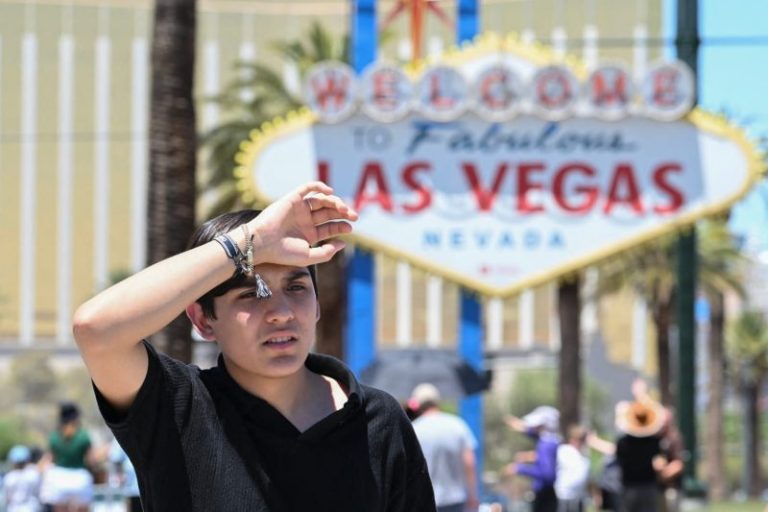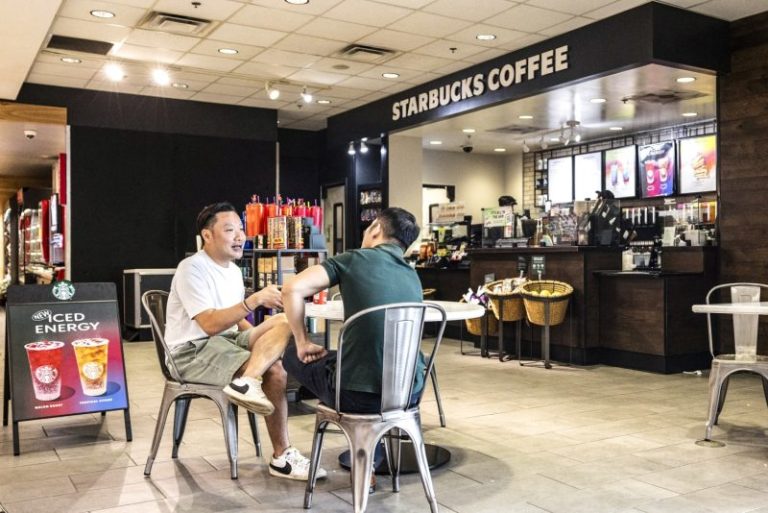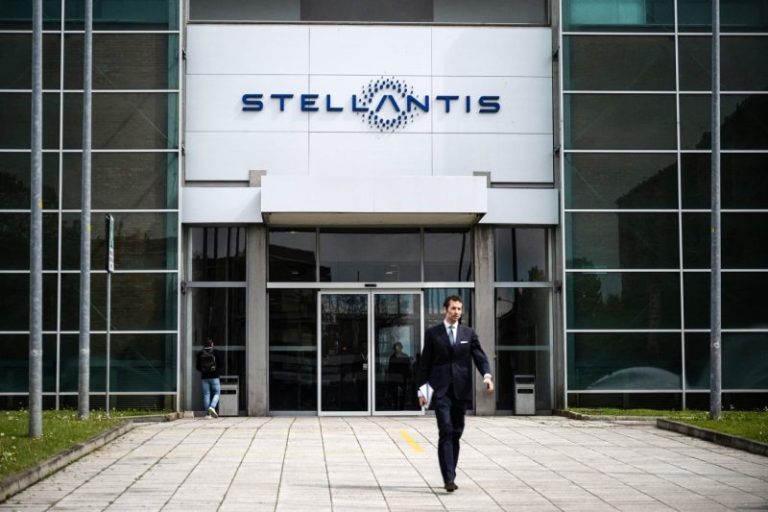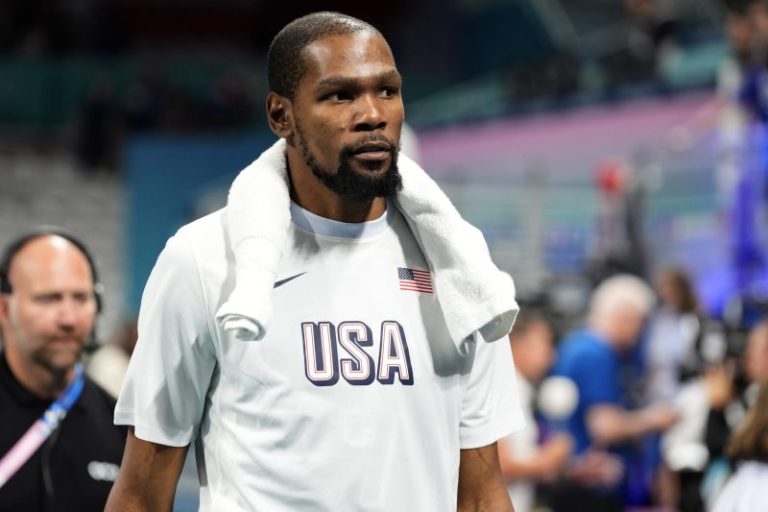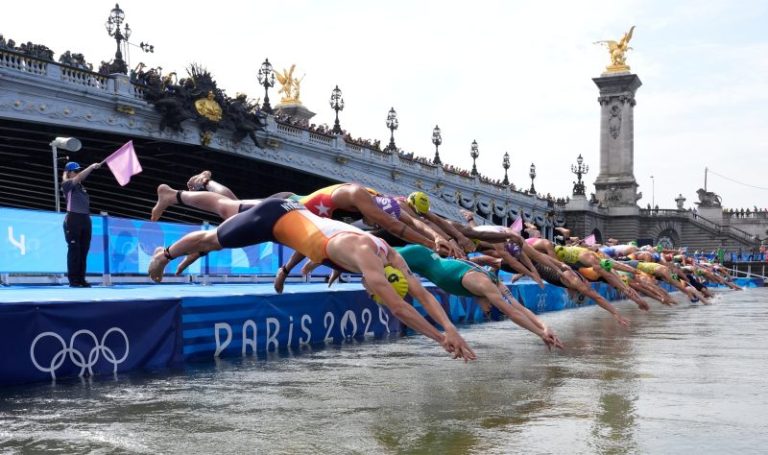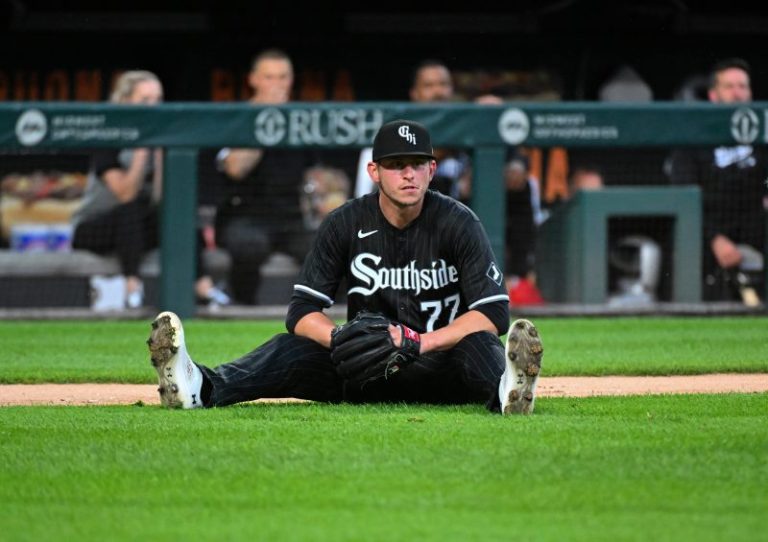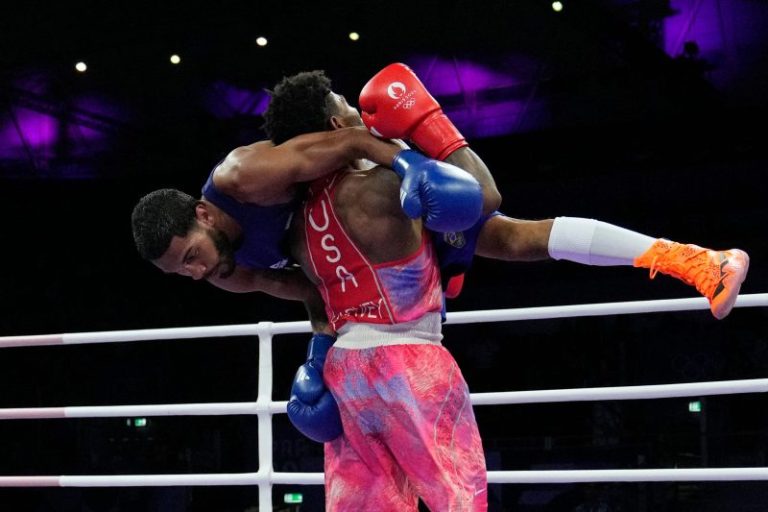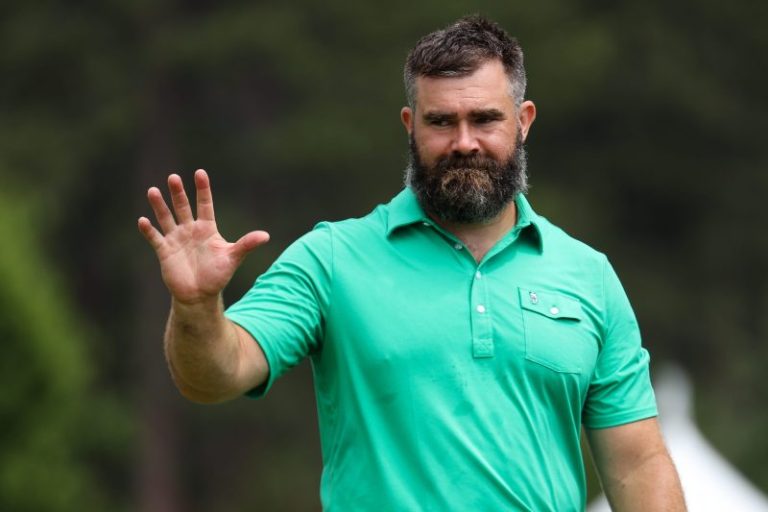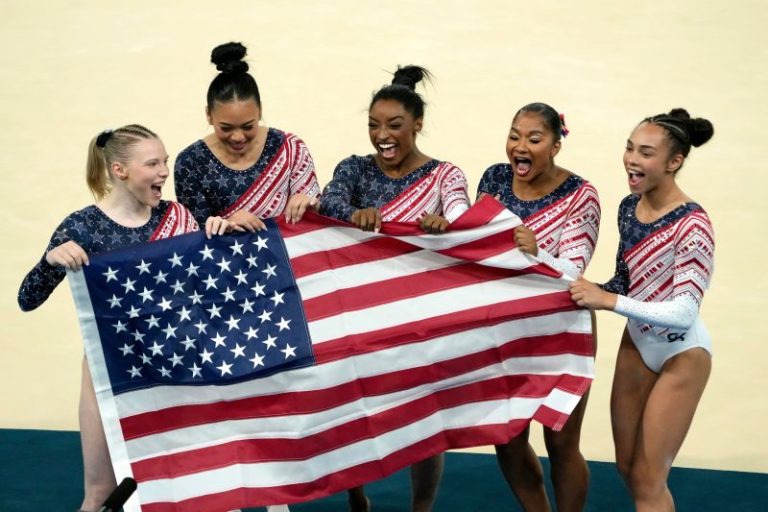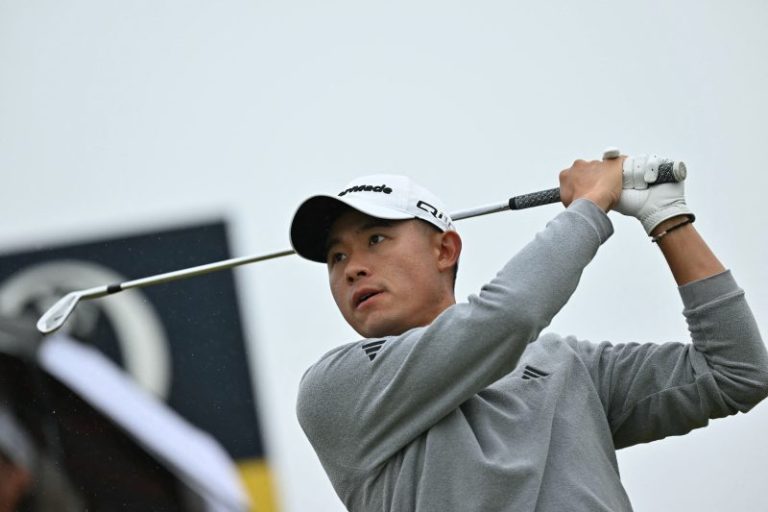There were no blockbusters, no household names changing residences, and really, the only big winners were the sellers.
The biggest prizes who were involved in plenty of trade rumors all stayed put.
The Detroit Tigers listened to teams, but never came close to trading Cy Young contender Tarik Skubal. The San Francisco Giants, swayed by the team’s winning streak and their starting rotation’s surge, kept Cy Young winner Blake Snell. Vladimir Guerrero Jr. and Bo Bichette stayed in Toronto.
Follow every MLB game: Latest MLB scores, stats, schedules and standings.
Three-time Cy Young winner Max Scherzer hung back in Texas.The Mets pulled first baseman Pete Alonso off the trade block. The Baltimore Orioles didn’t even listen to offers for prized prospect Jackson Holliday.
The Chicago Cubs didn’t unload veteran starter James Taillon, let alone former MVP Cody Bellinger.
It was a beautiful market for the sellers, with 16 teams acquiring 29 relievers and 10 teams getting 14 starters, and a painful time for the buyers. In the end, there were 19 buyers, 11 sellers, and a few teams doing a two-step doing both.
Now that the teams have turned over their cards, we’ve learned who’s serious about playing deep into October, who’s content going home in September, and who was bluffing all along.
Here are the 2024 trade deadline’s biggest winners and losers:
Winners
San Diego Padres
No one has been more aggressive aroundtrade deadline than Padres GM AJ. Preller, who dealt away prospects like he was feeding coins in a parking meter.
The Padres grabbed the best available reliever at the deadline by acquiring Miami Marlins All-Star closer Tanner Scott (1.18 ERA) and right-handed reliever Bryan Hoening.
The Padres are hoping their star-studded bullpen can overcome their thin starting rotation. While Joe Musgrove is expected to return in mid-August, it’s unknown whether Yu Darvish will return this year from personal leave. They grabbed veteran lefty Martin Perez from the Pirates for rotation depth.
Certainly, Preller isn’t letting prospects stand in the way of a playoff berth.
The Padres, who acquired starter Dylan Cease in March and batting champion Luis Arraez in May, have traded 12 of their top 15 prospects.
Philadelphia Phillies
No one goes for the jugular like Dave Dombrowski, Phillies president of baseball operations. Sure, he loves prospects like everyone else, but he refuses to let prospects stand in the way of a World Series.
Dombrowski’s motto: Prospects are nice, but parades are forever.
The Phillies needed a closer, or at least a back-end reliever, and didn’t hesitate dealing his fifth- and seventh-best prospects (right-hander George Klassen and lefty Samuel Aldegheri) to land Los Angeles Angels closer Carlos Estevez (who hasn’t given up a run since May 28). They also sent their 10th-best prospect packing for Chicago White Sox reliever Tanner Banks.
They also needed a right-handed hitting outfielder, so hey, why not acquire Austin Hays from the Orioles for reliever Seranthony Dominguez?
The Phillies are the most complete team in baseball, and favored to win their World Series.
Tampa Bay Rays
Let’s be honest, if they were in a bigger market, there’s no way the Rays could completely dismantle their team and sell off the parts.
The Rays, who were just two games out of a wild-card spot when they began their firesale, traded nine players before the deadline, acquiring 14 prospects and three position players, while saving $15 million this year and about $40 million in 2025.
This will be the first time in six years there will be a postseason without the Rays, but if there was ever a year to sell and miss the playoffs, this is it.
No one cleaned up more with prospects than the Rays, who received big hauls for Randy Arozarena, Jason Adam, Zach Eflin, Isaac Paredes and others. They have a loaded farm system once again and should be back as a contender next year.
Miami Marlins
Then again, if anyone could challenge the Rays for their prospect collection, it would be their neighbors down south.
They traded 10 players since the weekend, receiving 18 players in return, but their big prize was for All-Star closer Tanner Scott. They landed three of the Padres’ top six prospects and four of their top 30.
They wound up with 14 new prospects.
They even saved $2.5 million when the Arizona Diamondbacks took first baseman Josh Bell off their hands after Christian Walker went on the IL with a strained oblique.
Who knows, maybe one day, with the Rays now getting approval for a new ballpark, these two Florida teams might even start drawing fans?
Los Angeles Dodgers
You didn’t think that Andrew Friedman would just sit back, lament the injuries to their star players and take their chances, did you?
The Dodgers seized the moment again by grabbing the best starter who was traded, Jack Flaherty of the Tigers, as well as Gold Glove center fielder Kevin Kiermaier.
This comes on the heels of their three-way deal with the White Sox and Cardinals in which they also acquired infielder Tommy Edman and reliever Michael Kopech.
It was a sheer stroke of genius, or perhaps patience, that they got Flaherty, a homegrown kid from Los Angeles, for only two prospects. They wound up getting Flaherty for much less than the Houston Astros paid to acquire Yusei Kikuchi.
The knock is that they didn’t acquire a closer or proven setup man for their beleaguered bullpen, hoping that they can suddenly fix Kopech.
Baltimore Orioles
The Orioles could have gone big, of course, and carved out the heart of their farm system to acquire pretty much anyone they desired.
Instead, they grabbed two veterans, Zach Eflin and Trevor Rogers, and also grabbed late-inning reliever Seranthony Dominguez.
Eflin is signed through 2025 and Rogers is under team control through 2026, giving them insurance with Corbin Burnes and veteran John Means each eligible for free agency after the season.
They also enhanced their offense by acquiring right-handed DH Eloy Jimenez from the Chicago White Sox along with outfielder Austin Slater from Cincinnati.
Could they have done more? Absolutely.
Can they still play deep into October with the moves they made? Indeed.
Seattle Mariners
The Mariners spent the first four months with the best pitching staff in baseball, but one of the worst offenses.
They made sure their pitching doesn’t go to waste by acquiring Tampa Bay Rays outfielder Randy Arozarena and Toronto Blue Jays first baseman Justin Turner, while picking up relievers Yimi Garcia and J.T. Chargois.
They certainly are giving themselves a chance, and if they make the playoffs, well, they’ll be the team no one wants to face.
Toronto Blue Jays
The Blue Jays may have been perhaps baseball’s most underachieving team on the field, but they have overachieved off the field.
They struck gold in their trade with the Astros for Yusei Kikuchi, receiving three of Houston’s top 10 prospects in pitcher Jake Bloss, infielder Will Wagner and outfielder Joey Loperfido.
They also received a nice haul of prospects for Yimi Garcia, Nate Pearson, Trevor Richard, Danny Jansen, Justin Turner, Kevin Kiermaier and Isiah Kiner-Falefa.
They kept Vladimir Guererro and Bo Bichette, along with their other veteran starters, giving them a shot of finally living up to expectations in 2025.
Kansas City Royals
The Royals weren’t just satisfied with being a nice feel-good story after losing 106 games last year.
They are smelling the playoffs and for a small-market club, were aggressive. They paid handsomely to get veteran relievers Hunter Harvey from the Washington Nationals and Lucas Erceg from the Oakland A’s, along with starter Michael Lorenzen and infielder Paul DeJong.
They’re hardly household names, but the Royals certainly hit the jackpot with under-the-radar moves during the winter, signing starters Seth Lugo and Michael Wacha. Now, Royals GM J.J. Picollo is giving his team every opportunity to stay in the race.
Losers
Chicago White Sox
The White Sox had two of the most valuable commodities on the market in starters Garrett Crochet and Erick Fedde.
They wound up with only infielder Miguel Vargas and two mid-tiered prospects from the Los Angeles Dodgers in a three-way deal with Fedde, Kopech and outfielder Tommy Pham.
Oh, and Crochet went nowhere, with teams frightened by his demands for a contract extension and the fact he’s thrown twice as many innings this year than in his combined career. Why trade for a guy who has few bullets left in his arm in a pennant stretch and refuses to pitch in October?
The White Sox had extensive talks with the Dodgers, but Crochet stayed put when the Sox rejected the Dodgers’ final proposal. The Dodgers pivoted and landed Tigers starter Jack Flaherty.
The White Sox hopes to trade center fielder Luis Robert Jr. never materialized, but they at least were able to unload outfielder Eloy Jimenez.
The White Sox now hope they can trade Crochet and Robert this winter, knowing that Crochet’s value should increase with no pitching restrictions in the future, under team control for two more years.
Will the White Sox finishing with the worst record in baseball history? Chicago already was on pace to eclipse the 1962 Mets for the most losses in history (120), and now they’re an even worse team.
Minnesota Twins
This is a club that has the best record in the American League since April 22, going 51-34, and breathing down the necks of the Cleveland Guardians. They watched the Royals load up in the AL Central, and the Guardians grabbing outfielder Lane Thomas and starter Alex Cobb.
So how did they respond?
By acquiring Blue Jays reliever Trevor Richards (2-1, 4.64 ERA). That was it.
They were the contender who obtained the least at the deadline.
New York Yankees
They believed they had it all planned out: a deal on Monday for Tigers starter Jack Flaherty and were sending starter Nestor Cortes to the St. Louis Cardinals for Tommy Edman or perhaps another team for infield help.
Instead, the negotiations hit a snag, Flaherty wound up with the Dodgers, Cortes stayed with the Yankees and the Yankees’ moves were acquiring veteran reliever Mark Leiter Jr. from the Cubs and reliever Enyel De Los Santos from the Padres.
They didn’t get a single starter even though their rotation is yielding a league-worst 5.95 ERA over their last 35 games.
They did acquire Jazz Chisholm over the weekend, who has made quite the first impression with four homers in his first three games, but for a team whose common refrain is “World Series or Bust,’’ the moves were quite underwhelming.
San Francisco Giants
Pardon the baseball industry for being completely confused what the Giants were doing at the deadline.
They dumped outfielder Jorge Soler and reliever Luke Jackson to Atlanta, saving about $30 million.
Then, they turn around and traded Alex Cobb to Cleveland, who was earning $10 million this year and was scheduled to make his season debut this weekend. But just when you think they’re selling, they acquire outfielder Mark Canha.
They wound up keeping Cy Young winner Blake Snell, with Farhan Zaidi, president of baseball operations, telling reporters, “We feel we have the best rotation in baseball.’’
It’s nice the Giants are going for it, but they sure had an odd way of showing it.
Houston Astros
The Astros aggressively tried to acquire Jack Flaherty but kept balking at their asking price, and instead turned to Blue Jays starter Yusei Kukuchi – which is fine.
The trouble is that the prospect package they gave up for Kikuchi – rookie starter Jake Bloss, rookie outfielder Joey Loperfido and infield prospect Will Wagner – was enormous.
This is a pitcher who as a 4.75 ERA and 1.34 WHIP, and is a free agent in three months.
And, oh, by the way, Kikuchi has stunk in his last eight starts, going 0-4 with a 7.75 ERA and 1.57 WHIP.
Kudos to the Astros for giving themselves a chance for an eighth consecutive ALCS appearance.
“In order to get a major-league starter with that type of arm, you’re going to have to give up some pretty good players that hurt,’ Astros GM Dana Brown told reporters. “It’s pretty difficult to give up young talent. But at the end of the day, we’re trying to really stabilize our rotation so that we can get back to the postseason and potentially get deep into the postseason.”
But if they completely miss the postseason, well, this trade could be a disaster.
Follow Nightengale on X: @Bnightengale
This post appeared first on USA TODAY

